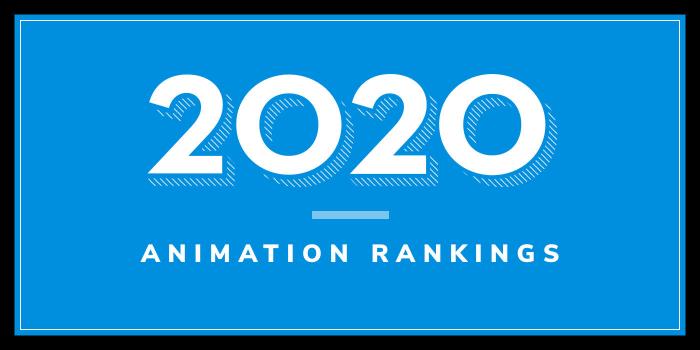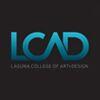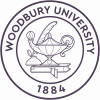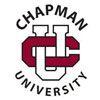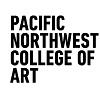Walt and Roy Disney formed California Institute of the Arts in 1961 through the merger of two existing Los Angeles schools for art and music. The school became the nation's first postsecondary institution to offer graduate and undergraduate degrees in both the visual and performing arts. Just shy of a decade later, the new college, CalArts, opened its doors to offer programs in art, design, film, music, theater and dance.
Today, the school serves around 1,500 students enrolled in more than 70 undergraduate, graduate, and doctoral programs across six schools including the School of Critical Studies, The Sharon Disney Lund School of Dance, the School of Art, the School of Film/Video, The Herb Alpert School of Music at CalArts, and the School of Theater.
The School of Film/Video is the largest school at CalArts, accounting for nearly 30% of the student population. Programs offered include a BFA in Character Animation and BFA and MFA degrees in Experimental Animation. The BFA in Character Animation is a four-year program that the school says is “designed for students who seek an understanding of the art of character performance and storytelling in animation.” Courses for the program are taught by “experienced professionals who work at the forefront of traditional, CG and independent animation.”
Course highlights include Advanced Life Drawing, Animation Layout, CG Foundation I-II, Character Animation I-IV, Digital Methods I and Digital Methods II: Sound, Film Workshop I-IV, Story I and Story II: Storyboarding, and 2D Character Animation I-II. In addition, all Character Animation students are required to take Acting for Animators once during their BFA degree.
The Experimental Animation program emphasizes “the creative development of a personal aesthetic in an artist-centered environment. A broad range of animation approaches, processes, and techniques are covered in lecture courses, seminars, workshops, visiting artist lectures, internships, and independent studies.”
Students in both programs will also “work closely with a mentor in developing skills, course schedules, and projects, and also benefit from working among artistic peers in a studio environment.” Sample BFA courses include Animation Production, Cinematic Voices: In Person, Concept Development, Hybrid Imaging, Motion and Meaning, and Sound Image. A Senior Project is also part of the program.
The MFA program covers history, styles, techniques, and technology of animation arts. Students can expect to take courses such as Drawn Techniques for the Experimental Animator, Hybrid Imaging, History of Experimental Animation, Interactive Media, and Stop Motion Basics. “As a culminating project” students will “conceive, design, and produce a thesis that reflects the student’s personal artistic sensibilities.”
In addition, all students are required to take production courses in other Schools at CalArts (Art, Dance, Theater, Music), in order to develop interdisciplinary approaches. Study abroad opportunities are also offered.
Crowned the “Harvard Business School of Animation” by the Los Angeles Times, CalArts has produced hundreds of successful alumni who have generated billions at the box office worldwide. The school lists Tim Burton, Mark Andrews (director and screenwriter of Pixar’s Oscar winning animated feature Brave), Eric Darnell (co-director of Antz, Madagascar, Madagascar: Escape 2 Africa and Madagascar 3: Europe's Most Wanted, and Mark Osborne (director of Kung Fu Panda) among its most famous alumni.


